Kasbah of the Udayas: Where Andalusia meets the Sahara on the shores of the Atlantic
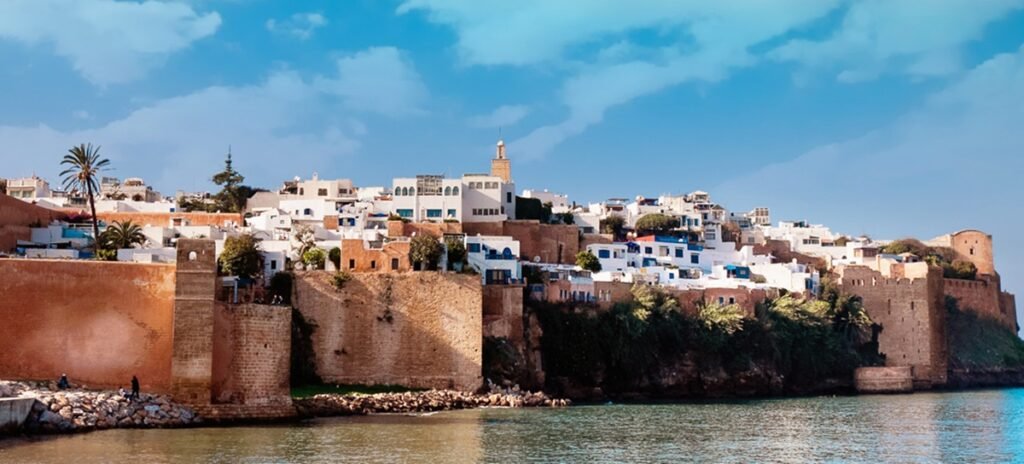
In the heart of the bustling city of Rabat, on the left bank of the Bouregreg River estuary, lies an oasis of tranquility and charm, replete with centuries-old stories and tales. It is the Kasbah of the Udayas, an ancient fortress that retains its historical fragrance and pulsates with the spirit of Andalusia, blended with the lifestyle of its inhabitants, making it one of the most beautiful and enchanting cities in the world. It is not just an archaeological landmark; it is a living entity that breathes the past and embraces the present, embodying the grandeur of Moroccan and Andalusian architecture.
The Birth of the Fort and the Castle: A Story of Construction in Stages
The Kasbah of the Udayas was not built overnight, but rather is the result of the efforts of successive eras. The core of this edifice dates back to the Almoravid era, specifically to Prince Tashfin bin Ali in the mid-12th century AD, who ordered the construction of a small fort on this strategic site to serve as a lookout and protection point.
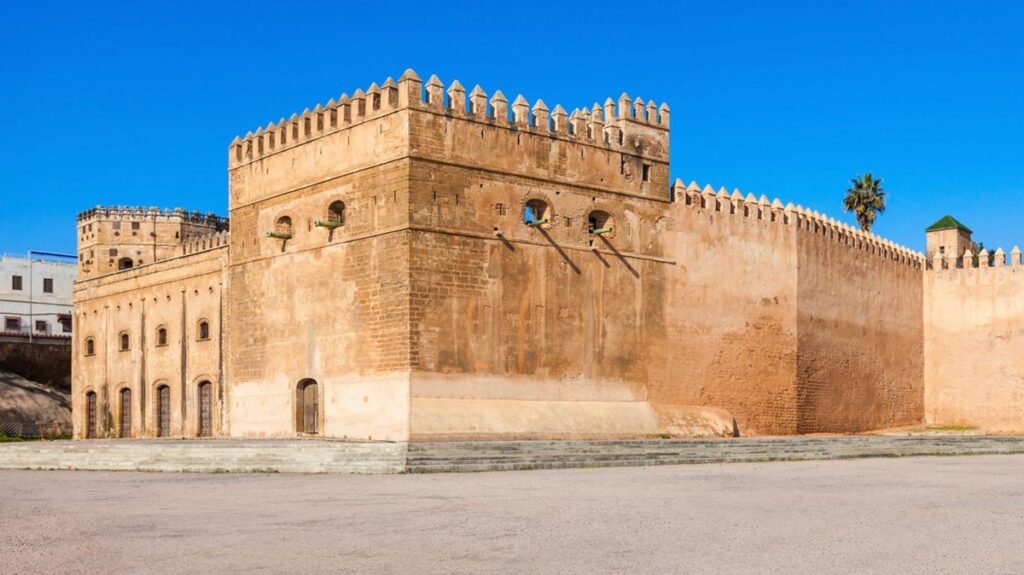
However, the greatest credit for building the Kasbah in its current form goes to the Almohads, specifically to the founder of their dynasty, Abd al-Mu'min ibn Ali al-Kumi. He ordered the demolition of the Almoravid fortress and the reconstruction of the Kasbah on a more solid and luxurious foundation, using carved stone and local materials. However, it was Sultan Yaqub al-Mansur al-Muwahidi who put the finishing touches and was credited with constructing its most important gate, the "Great Gate" or "Almohad Gate." He intended the Kasbah to be a launching pad for his armies toward Andalusia. This gate is a true architectural masterpiece, combining strength and beauty, and embodying the splendor of Almohad architecture through its delicate geometric and floral decorations.
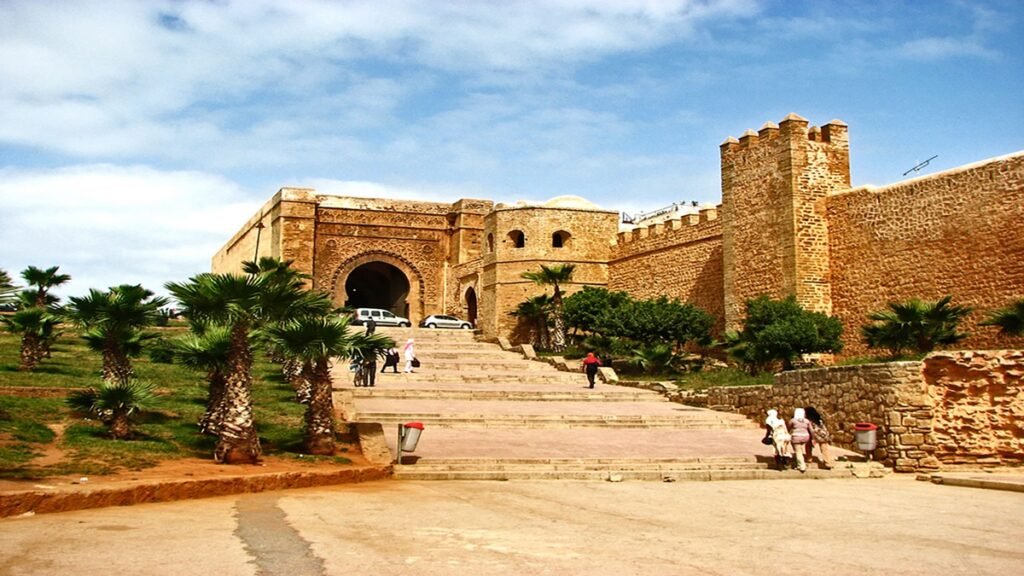
Secret Name: The Tale of a Tribe from the Desert
Some may think that the name "Oudayas" has a connection to a valley or the sea, but the truth is much more complex. The name of the Kasbah goes back to an ancient Arab tribe from the southern Sahara, known as the Oudaya. In the eighteenth century, the Alaouite Sultan Moulay Abderrahman ordered the arrival of this tribe to northern Morocco and settled them in the Kasbah to serve as a support army and defender of the capital. Over time, the tribe's name became synonymous with the place, and the fortress became known as the "Kasbah of the Oudayas." This story gives the place an additional historical dimension, linking the aristocratic history of Andalusia with the antiquity and resilience of the Sahara.
The Old Oudaya Mosque: A Spiritual and Historical Monument
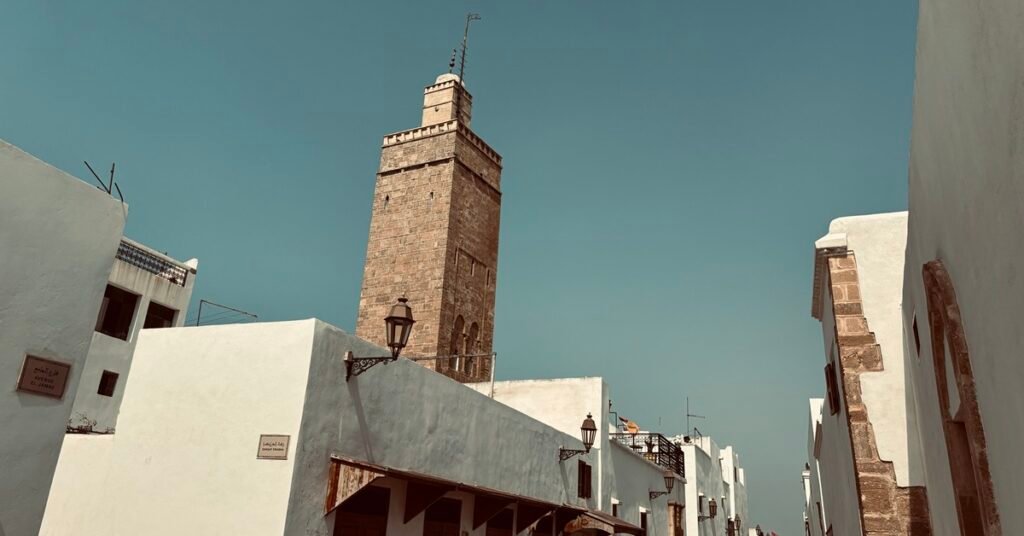
At the heart of the Kasbah stands the majestic Grand Mosque of Oudayas. This centuries-old mosque, first built during the Almohad era, has been demolished and rebuilt several times. What distinguishes this mosque is its architectural simplicity, which harmonizes with the serene spirit of the Kasbah and reflects the authenticity of Moroccan architecture.
The mosque dates back to the sixth century AH (twelfth century AD), the same period in which the Kasbah was built, making it the oldest mosque in Rabat. Despite its simplicity, it holds great historical and spiritual value. Its minaret is square, imitating Andalusian Moroccan minarets, while its interior features rows of columns separated by arches, providing worshippers with a sense of tranquility and reverence.
The New Andalusians: The Story of the Moriscos and Their Immortal Mark
In one of the most painful human stories in history, the Muslims, Jews, and Moriscos of Andalusia were expelled from Spain after the fall of Granada. They had no refuge but North Africa, and Morocco was their primary destination. The sultans of Morocco welcomed them and offered them places to settle. The Kasbah of the Udayas and the neighboring city of Salé were among the most prominent of these places.
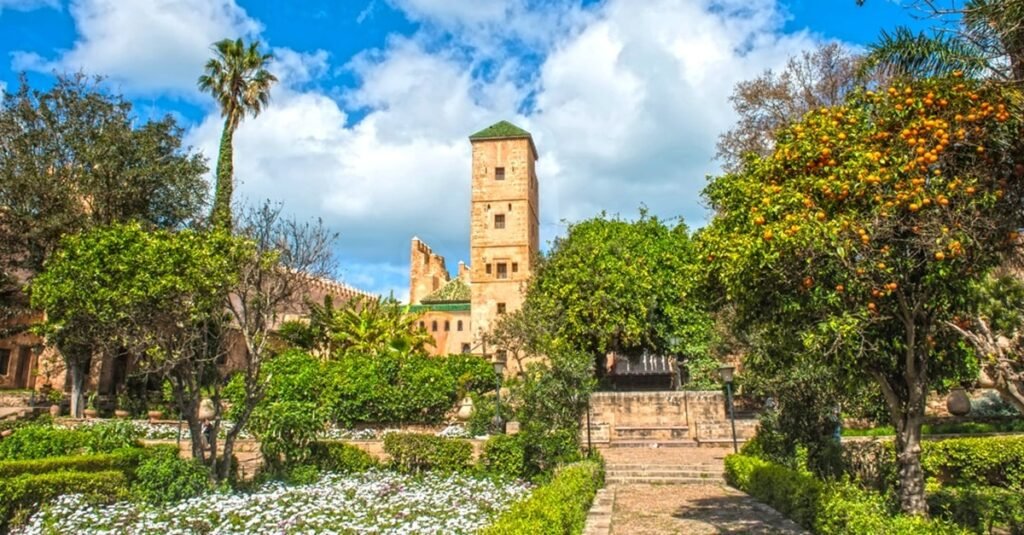
These Moriscos were not just refugees; they brought with them an ancient civilization and superior skills in engineering, agriculture, trade, and handicrafts. They settled in the Kasbah and revitalized it, building their homes in the Andalusian style and creating the famous Andalusian Garden, which today is a charming natural respite in the heart of the Kasbah.
The Moriscos had a profound influence on the local communities of Rabat and Salé. After settling there, they established what was known as the "Bourgreg Republic," a relatively independent political entity, famous for its powerful naval fleet, known as the "Salé Pirates." These pirates were a nuisance to European powers, yet they also defended Morocco's coasts and conducted lucrative trade operations.
Architecture and the Spirit of Place: The Eternal Imprint of Andalusia
Wandering through the alleys of the Kasbah of the Udayas, you feel as if you've been transported in a time machine to an ancient Andalusian neighborhood. The Moorish influence is evident in every corner of the kasbah. The bright white walls, the blue and green doors and windows, and the narrow, winding paths all reflect the Andalusian architectural style. This combination of colors and shapes not only adds visual beauty to the place but also confers a sense of calm and serenity, far from the hustle and bustle of the city.
The Andalusian Garden, with all its trees, flowers, and fountains, is living proof of the Moriscos' passion for nature and beauty. It is a green oasis amidst white walls, reminiscent of the gardens of Granada and Seville left behind by our ancestors.
The secret of it being a destination for artists
The Kasbah of the Udayas is not just a historical landmark; it is an endless source of inspiration for artists. This place attracts visual artists, photographers, musicians, and writers from all over the world. This is due to several factors:
Magic LightLight plays a key role in highlighting the Kasbah's beauty. Thanks to the white color of the walls, light is reflected in a special way, creating unique shadows, making it a photographer's paradise.
peace and quietDespite its location in the heart of the capital, the Kasbah enjoys an unusual tranquility, providing artists with an ideal environment for creativity and contemplation.
Living heritageLocal people still live in the Kasbah, giving it a vibrant spirit. The sounds, smells, and colors all add to the artist's inspiration.
Blending culturesThe cultural diversity that the Kasbah has witnessed throughout the ages, from the Almoravids to the Almohads to the Andalusians and the Saharan tribes, has made it a melting pot of cultures, and this diversity is an invaluable raw material for artistic creativity.
Kasbah Oudayas Today: An Old Dream and a New Pulse
Today, the Kasbah of the Udayas is one of the jewels of Rabat. Inscribed on the UNESCO World Heritage List in 2012, it stands as a testament to the grandeur of Moroccan history and its many influences. It is not just a tourist destination; it is a sensory experience, a journey through time, where visitors can imagine the caravans of the Almoravids, the armies of the Almohads, the lives of the Moriscos, and the dreams of artists. It is the story of a city, the tale of a civilization, and an expression of the Moroccan spirit, embracing the past while looking to the future.





